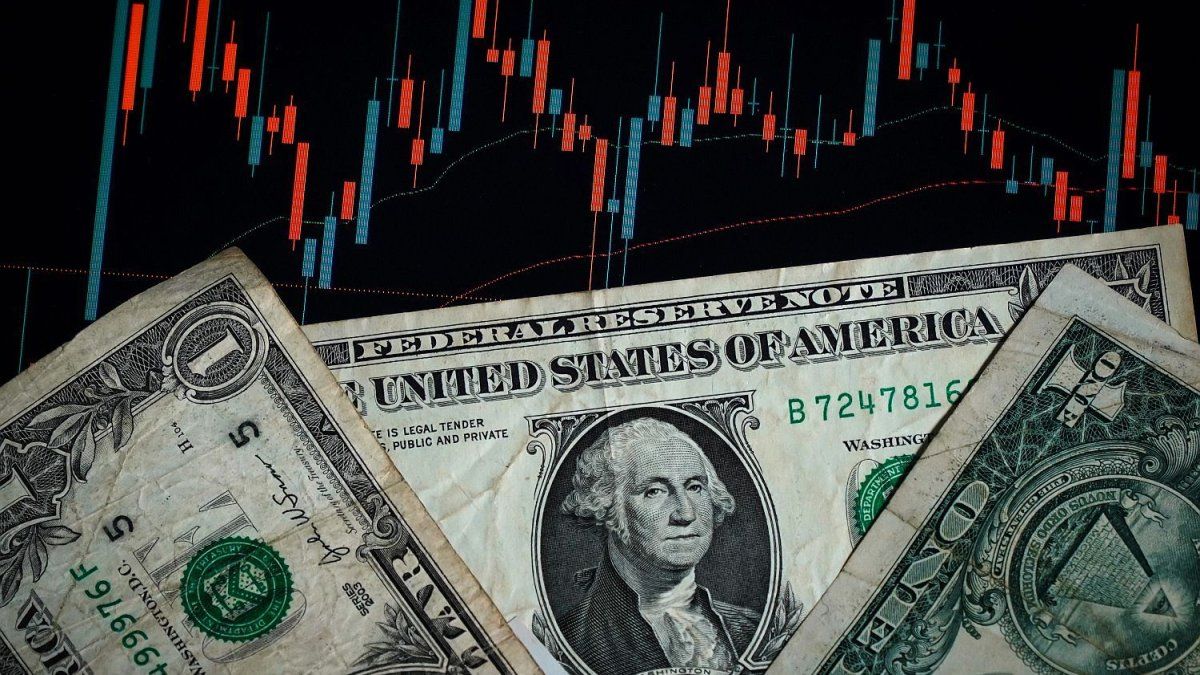Below, the analyst’s column:
At the moment, we have a slight advantage for the MEP dollar; however, the AL35D and YPF they increased more than devaluation and inflation. We have a record of deposits and loans in dollars. Little to fear ahead of the elections.
The market is bewildered: where some analysts see serious problems, others see opportunities. Only the passing of the days will give the verdict of who saw it better.
While all eyes are on the price of the dollar—which this Friday closed for the MEP dollar at $1,541.5, with an increase of 32.9% annually—the retail and wholesale inflationin the last 12 months, were 31.8% and 24.2% annually respectively. It doesn’t seem like an excessive difference.
The AL35 bond today is worth US$54.0; A year ago it was worth US$55.2. In said period, it paid two rents of US$2.06, with which, in one year, this bond gave a return of 5.3% annually.
In banks, the stock of deposits in dollars totals US$37,375 million and increased by 14.8% in the last 12 months, while loans in dollars total US$18,254 million and grew by 134.9%. In both cases, these values mark a record for deposits and loans in dollars, which clearly shows that there is no fear among savers and highlights the strength of the financial system.
YPF closed at $40,120; In one year it increased 35.4%, versus a devaluation rate of the MEP dollar of 32.9% and inflation in 12 months of 31.8%. Without value destruction, the company remains strong in 12 months.
In the last 12 months, the Treasury showed a positive fiscal result, which implies that income minus expenses and interest results in a surplus of $2.3 trillion pesos, or its equivalent in US$2,158 million. This implies that there is no increase in public debt, since, when interest is paid, there is no new debt and the stock of debt is reducing, which means that Argentina has less debt.
It is very striking that a government that has a fiscal surplus, pays public debt capital stock, has cut the monetary issue and capitalized the Central Banksee that a significant part of the market is buying dollars before a national election. However, this is a modus operandi that systematically occurs in our country.
We Argentines have a fatalistic bias: we see the possibility of a crisis around the corner. This means that economic agents not only seek to get through the elections with liquidity, but also aggravate the situation by transforming their liquidity in pesos into dollars. This causes the price of the dollar to rise and many begin to predict the end of the world.
What comes after October
After October comes November, nothing that we don’t know. The Government is carrying out an agreement with the main power in the world. There will be a swap of US$20,000 million and an additional credit of US$20,000 million for the Central Bank to recover liquidity. This will not generate new debt: the policy will be followed that the new debt repays the existing debt in the Central Bank. In this way, the monetary authority is provided with liquidity.
In the past, when populist governments did not have credit, they placed debt on the Central Bank and took the liquid dollars from its reserves. This led us to a spiraling inflationan increase in poverty and 15 years without growth.
Currently, thanks to the reputation it achieved through the months of fiscal and monetary order, the Government obtains international credit, provides liquidity to the Central Bank and does not stop making efforts to continue on the path of fiscal surplus.
This year, Argentina’s GDP would grow by 4.5%, and for next year, the consensus of market analysts foresees a growth of 3.0%. Inflation for the next 12 months would be around 20% annually. The dollar would continue trading between intervention bands, which today are between $1,486 and $941, while within a year these bands would be between $1,675 and $835. As time goes by, the band widens, and the dollar will have more freedom to move across a wide range of prices.
Conclusion
- Nothing to fear in the week before the elections. The stock of pesos in monetary circulation plus all bank deposits amounts to US$100,000 million. The debt in pesos of the National State amounts to US$200,000 million (a good part of this debt is between State agencies).
- When Argentina finishes signing the agreement with the United States, reserves could be around US$80 billion, which would cover 80% of monetary circulation plus demand deposits, savings accounts and dollars.
- It seems to me that there is nothing to fear: the dollar will end up adjusting downwards and financial assets will seek much higher prices than the current ones.
Source: Ambito



